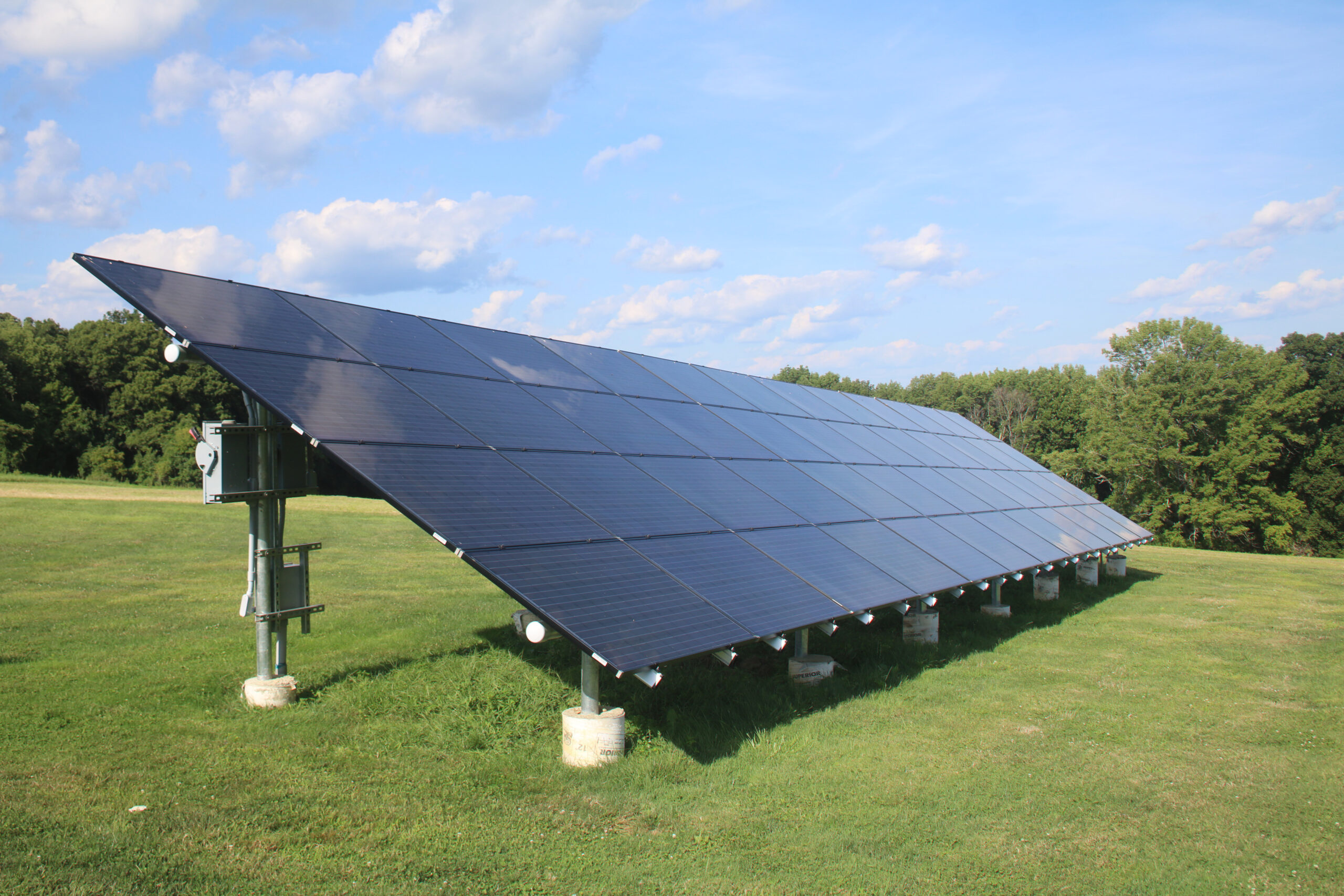- How Meteorologists Predict Storms Using Satellite Data - October 3, 2025
- What Causes Rainbows And Why They’re Always Curved - October 1, 2025
- 3 Industries Face Crushing New Tariffs as Trade War Escalates - September 28, 2025
In today’s fast-paced world, the quest for energy efficiency is not just about saving the planet—it’s about saving money too. With technological advances, the opportunities to cut down on energy consumption have expanded, offering innovative solutions that can make a real difference in your wallet. Let’s dive into eight energy-efficient technologies that could potentially transform your energy bills.
Smart Thermostats
Smart thermostats, such as those produced by Nest and Ecobee, are revolutionizing how we manage home climate control. These devices allow you to adjust your home’s temperature remotely through a smartphone app, making it a breeze to ensure comfort without wasting energy. More than just a fancy gadget, they learn your habits and preferences, optimizing energy use by adjusting heating and cooling according to your schedule. For example, if you leave for work every morning at 8 AM, the thermostat can automatically lower the temperature, saving energy while you’re away. The potential savings are substantial, with many users experiencing up to a 10-15% reduction in their heating and cooling costs. Imagine the ease of coming home to a perfectly warm or cool house without having to keep the system running all day!
LED Lighting
The shift from traditional incandescent bulbs to LED lighting is a game-changer for households looking to reduce electricity consumption. LEDs use a whopping 75% less energy and last up to 25 times longer than their incandescent counterparts. This means fewer trips up the ladder to change bulbs and more money staying in your pocket. Consider this: if you replace just five of your most-used bulbs with LED options, you could save around $75 annually on your energy bill. LEDs also come in various colors and intensities, allowing you to create the perfect ambiance in your home while keeping energy usage to a minimum.
Energy-Efficient Appliances
Appliances with the Energy Star label are designed to be more efficient, consuming less energy than older models. This includes refrigerators, washing machines, and dishwashers, which are essential in daily life. For instance, an Energy Star-rated refrigerator might use 15% less energy than a non-rated one, translating to significant savings over the appliance’s lifetime. On average, you could save up to $100 per appliance annually, a sum that quickly adds up when considering multiple appliances. These savings make upgrading to energy-efficient models a wise investment for both your finances and the environment.
Solar Panels

Harnessing the sun’s power through solar panels offers a sustainable way to reduce reliance on grid electricity. While the initial installation cost can be steep, the long-term benefits are impressive. Especially in sunny regions, solar panels can significantly cut or even eliminate electricity bills once the system pays for itself. The idea of producing your own energy is appealing and empowers homeowners to take control of their energy consumption. Furthermore, many governments offer incentives and rebates to make solar panel installations more affordable, further enhancing their appeal.
Tankless Water Heaters
Traditional water heaters often keep a large tank of water hot at all times, leading to energy waste when hot water isn’t needed. Tankless water heaters, on the other hand, heat water only when you need it, saving energy and reducing costs. By eliminating standby energy losses, they can cut water heating costs by up to 25-30%. Imagine the convenience of never running out of hot water during a shower again, while simultaneously enjoying lower energy bills! This technology is especially beneficial for larger households where hot water demand is high.
Smart Power Strips
Even when turned off, many electronics continue to draw power, a phenomenon known as “phantom” or standby power. Smart power strips address this by detecting when devices are in standby mode and cutting off their power supply. This simple switch can reduce energy waste by up to 10%, making a noticeable difference in your electricity bill. Picture a TV, game console, or computer setup—all drawing power even when not in use. A smart power strip ensures these devices only consume power when needed, offering peace of mind and savings.
Advanced Window Glazing
Windows are a key area where energy efficiency can be improved. Advanced window glazing, such as double or triple-pane windows with low-emissivity (low-E) coatings, significantly minimizes heat transfer. This means your home stays warmer in winter and cooler in summer, reducing the need for heating and cooling. By investing in this technology, you could see a reduction in heating and cooling costs by up to 30%. It’s like putting a cozy sweater or a cool shade on your house without sacrificing natural light.
Home Energy Monitors
Devices like Sense or Emporia provide real-time data on your household’s energy use, offering insights into where you can cut back. By knowing exactly how much energy each appliance or system uses, you can make informed decisions about reducing consumption. For example, you might discover that your old fridge is a major energy hog and decide to upgrade it. These monitors encourage energy-saving habits, leading to lower overall energy consumption. They are like having a financial advisor for your energy bills, guiding you to smarter, more efficient choices.
